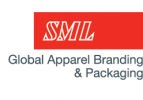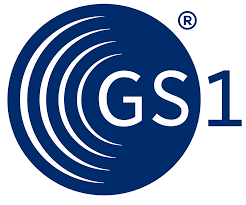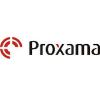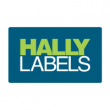RFID innovation takes centre stage as industry leaders add new products | 25-06-2024 |
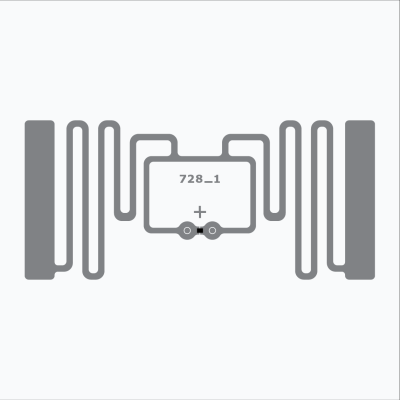
AIPIA member Tageos has launched the ARC Spec C2-certified EOS-360 U9 inlay for retail and logistics applications. The inlay is based on a completely new, very slim antenna design with unique compactness ( the antenna size is only 64 x 4mm) and excellent performance on cardboard, plastic and rubber, it says. The product is ideal for tagging a wide range of general merchandise such as cosmetics, DIY, sporting goods, toys and many others products, according to the company.
Tageos believes size is important for RFID inlays and tags in two ways. The smaller the inlay, the more versatile it is. In addition compactness means material savings during production. Since the new EOS-360 U9 is more than 45% smaller than previous, comparable products of its type, the material savings are considerable.
The reading performance of the EOS-360 U9 is outstanding, it claims, even when compared to larger inlays. The new antenna design is the starting point for a new product family that will include other examples of the latest IC technologies.
The EOS-360 U9 inlay is the first member of a new family of products designed to meet the demand for ARC Spec C2 certified inlays. This specification was tailored to the needs of a leading US retailer and has quickly gained popularity throughout the retail industry in North America and worldwide. Covering a particularly wide range of non-food and non-apparel products, it is an answer to several key RFID requirements in the retail industry.
This new RAIN RFID inlay is based on NXP's UCODE 9 RAIN RFID chip. Equipped with 96-bit EPC memory, the IC provides 96-bit EPC, permalock function for EPC and kill password, self-adaptive impedance and memory integrity safeguards.
Meanwhile another AIPIA member, Avery Dennison, has announced the expansion of its Impinj M800 series IC product family to include a broader range of next generation RFID inlays and tags. Optimized for maximum performance in apparel, general retail, and logistics environments, the new AD Stealth and AD Sonic inlays and tags have been fully tested, according to the company . The reliable reading at high volume and speed permitted by the new additions supports the demand for global applications where superior performance is required, it says.
Exhibiting excellent global performance with a slim profile, the AD Stealth M830 and AD Stealth M850 enable cost reduction benefits and the tagging of smaller items, says AD. They each carry a 53 x 17.5mm diecut footprint. AD Sonic UHF RFID inlays are designed as a compact, robust and high performing solution. Ideal for apparel and retail applications, AD Sonic inlays and tags feature a 44 x 20 mm antenna size..
"This exciting expansion gives access to an even greater range of high performing, cost effective and value driven solutions," Mathieu De Backer, VP of innovation & sustainability, Avery Dennison Smartrac, said. “Enabling reliable, high speed readings of items allows our clients to devote more time to key business priorities.”
In other news both Tageos and Beontag have announced expansion to their production capacities. In May 2024, Tageos held the grand opening of its expanded manufacturing facility in Fletcher, NC, USA. The facility currently produces 2 billion RFID tags and inlays yearly for the North American market. The ongoing expansion will double capacity to 4 billion tags annually.
The company currently operates three manufacturing facilities: Montpellier, France; Guangzhou, China; and Fletcher. Currently, Montpellier has the largest capacity (5 billion/year), with Guangzhou (which opened in 2023) as well as Fletcher. By 2025, Tageos plans to reach a capacity of more than 15 billion products annually.
Beontag announced the opening of a new state-of-the-art facility in Tampere, Finland. The opening marks the final stage of an initial investment of $40 million in the region, with plans to invest further in machinery and equipment to match it’s global expansion ambitions. The facility houses 50 employees and expects to grow its workforce by 15% to 20%, with a focus on engineering and research and development roles.
The Tampere site will be Beontag’s Global R&D Centre of Excellence, with a pilot factory developing product innovations for a range of digital tag solutions, including BLE (Bluetooth Low Energy) tags. This marks the next step in Beontag’s global expansion, following the announcement of a major new facility in Ohio late last year.
AIPIA and AWA Smart Packaging World Congress Amsterdam





